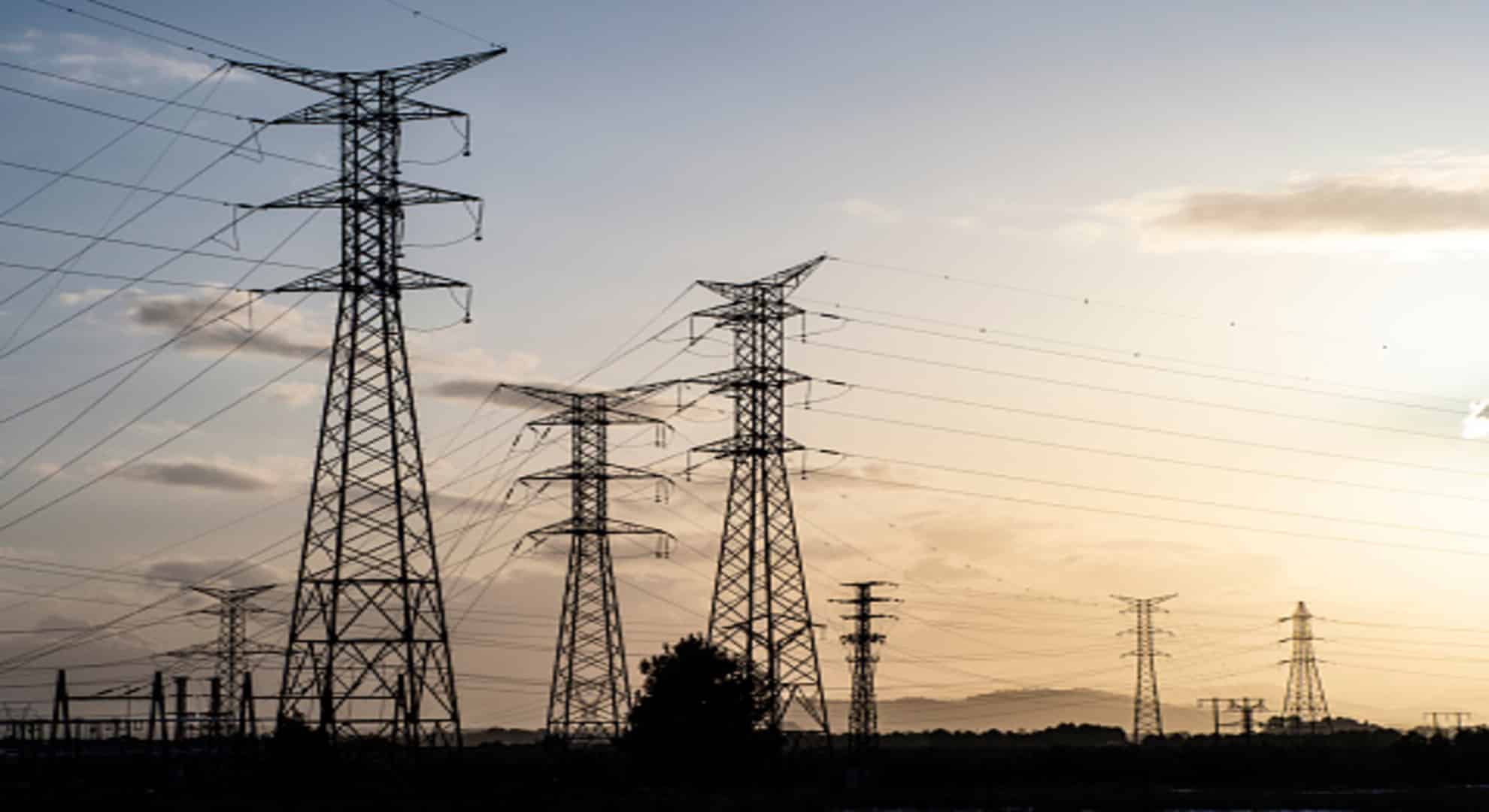
01 Sep Network Connectivity: the Ultimate Guide with Everything You Need to Know
Our daily, private and professional lives would be unrecognisable without connectivity. Though we probably don’t realise it, data transmission and network connections are all around us, making our lives all the better for it. But do we really know what connectivity is, the types of connections that exist and how they actually work?
What is connectivity?
Starting with the basics, connectivity can be defined as the ability to establish a link or connection between two things. We often use the concept as a way of describing the ability of a device or set of devices – i.e. a system or network – to link up with others, whether similar in nature or completely different. Pushing things a little further, we also use the term “connectivity” to define the ease or ability of different technology units to link up with others. Connectivity is maintained throughout the life cycle of a device or network. Connections typically have a start and an end point, without affecting connectivity or the ability to link up.
Different types of connections: network and cable connections
Generally speaking, there are two types of connections – i.e. different “styles” of connectivity – when it comes to both devices and Internet networks: physical connections and wireless connections.
- Physical connections: these typically require a cable that joins the data-sending unit with the data-receiving unit. Devices and wired connectivity have evolved massively over time, requiring different standards and connection ports over the years, from parallel and serial to HDMI and, more recently, USB connections, as we’ve seen increasingly serious attempts to unify connection types with an international standard for all kinds of different devices.
- Wireless connections: unlike their wire-dependent counterparts, no physical equipment – like cables – is needed to establish a connection here. There are also several ways of achieving connectivity, including via radio waves, satellite, Bluetooth technology, thanks to the Wi-Fi (Wireless Fidelity) standard, NFC (Near Field Communication), as well as GSM technology and successive evolutions of mobile connectivity, from 3G to 6G, to name just a few examples.
Internet networks and how they connect have also evolved over the years, as the systems that make it all possible have developed. Once upon a time, when the technology only allowed us to connect to networks by physical means, we used cables with twisted pairs of copper. Subsequently, increased demand for data transmission required new connectivity technologies that could offer greater capacities and enhanced security, which led to a shift from ADSL technology to fibre optic, the current gold standard for the Internet. But even with fibre optic, projects are now underway to improve things even further through quantum computing.
Interesting facts about current connectivity
Although you’d be forgiven for thinking it these days, connectivity is neither “permanent” nor perpetual. For connectivity to exist, we need infrastructure. That’s why connectivity isn’t always easy in certain environments, or in the absence of the necessary equipment. For example, our big cities are home to various fibre optic nodes, and fibre cables run under our streets like veins. That’s why practically every building in a decent-sized city will be able to access the Internet.
Whereas in high mountain villages, more isolated rural spots and places with complex terrain, physically-wired connectivity is rarely possible, meaning wireless systems have to step up to the plate. In this context, the most affordable option is generally to turn to 5G. But even for mobile connectivity, you still need broadcast towers and coverage isn’t always guaranteed. That’s why the most practical option is to look to satellite Internet.
Even without connectivity, there are times when you simply have to establish urgent communications, like dialling the emergency services, for example. How come you can still call for an ambulance when you’ve got no phone reception? Because operators are duty-bound to maintain emergency network connection infrastructure – standalone systems designed exclusively for these calls. And they’re required by law to guarantee connections in the coverage “cell” closest to the calling device, no matter what network it’s using, even without a SIM card!

